Fuel System Problems – What to Look For and How to Fix Them
When your car hesitates, stalls, or just won’t start, the fuel system is often the culprit. It’s not always a big, expensive repair – many issues can be spotted early and solved with a few simple steps. In this guide we’ll walk through the most common signs, quick DIY checks, and when it’s time to call in a pro.
Common Signs Your Fuel System Is Struggling
First up, how do you know something’s wrong? Here are the tell‑tale symptoms that show up on the road:
- Hard start or no start: If you’ve turned the key and the engine cranks but doesn’t fire, the fuel isn’t reaching the combustion chamber.
- Engine sputtering or misfiring: A shaky idle, jerky acceleration, or a sudden loss of power usually means the fuel isn’t flowing evenly.
- Loss of power under load: Going uphill or overtaking and feeling the car ‘lose its grip’ can be a sign of a weak fuel pump.
- Fuel smell inside the cabin: A sweet, gasoline odor is a red flag for a leak in the fuel line or injector.
- Poor fuel economy: If the gauge drops faster than usual, the system may be delivering too much fuel or the injectors could be clogged.
These clues often overlap with other car problems, but they’re a good starting point for narrowing down the issue.
Easy DIY Checks Before Visiting a Garage
Before you book a tow, you can run a few quick tests at home. No special tools required, just a bit of patience.
1. Listen for the pump: Turn the ignition to the ‘on’ position (don’t start the engine). You should hear a soft whirring sound from the rear of the car for a couple of seconds – that’s the fuel pump priming. No sound? The pump may be dead or the relay faulty.
2. Check the fuel filter: A clogged filter restricts flow and can cause all the symptoms above. If your car’s service manual says it’s a replace‑every‑30‑000‑miles job, swap it out now and see if performance improves.
3. Inspect spark plugs: Bad spark plugs can mimic fuel issues by preventing proper ignition. Pull one out, look for heavy carbon deposits or a worn electrode. If they’re fouled, cleaning or replacing them often restores power.
4. Test fuel pressure: If you have a cheap pressure gauge, attach it to the fuel rail (refer to your car’s manual). Normal pressure is usually 40‑60 psi for most gasoline engines. Low pressure points to a pump or regulator problem.
5. Look for leaks: Park the car on a clean sheet of cardboard overnight. Any dark stains in the morning indicate a leak that needs immediate attention.
If any of these checks reveal a clear problem, you can either fix it yourself or give the garage a precise description – they’ll appreciate the info and may charge less for diagnostics.
When the DIY route doesn’t solve the issue, trusted professionals can perform deeper tests. Our blog has step‑by‑step guides like “How to Test a Fuel Pump” and “How to Know When Spark Plugs Need Replacement” that walk you through the process with pictures and tool lists.
Remember, a well‑maintained fuel system keeps your engine running smooth, saves money on gas, and prevents costly breakdowns. Keep an eye on the signs, run the easy checks, and don’t hesitate to get expert help when needed. Your car will thank you with every mile you drive.
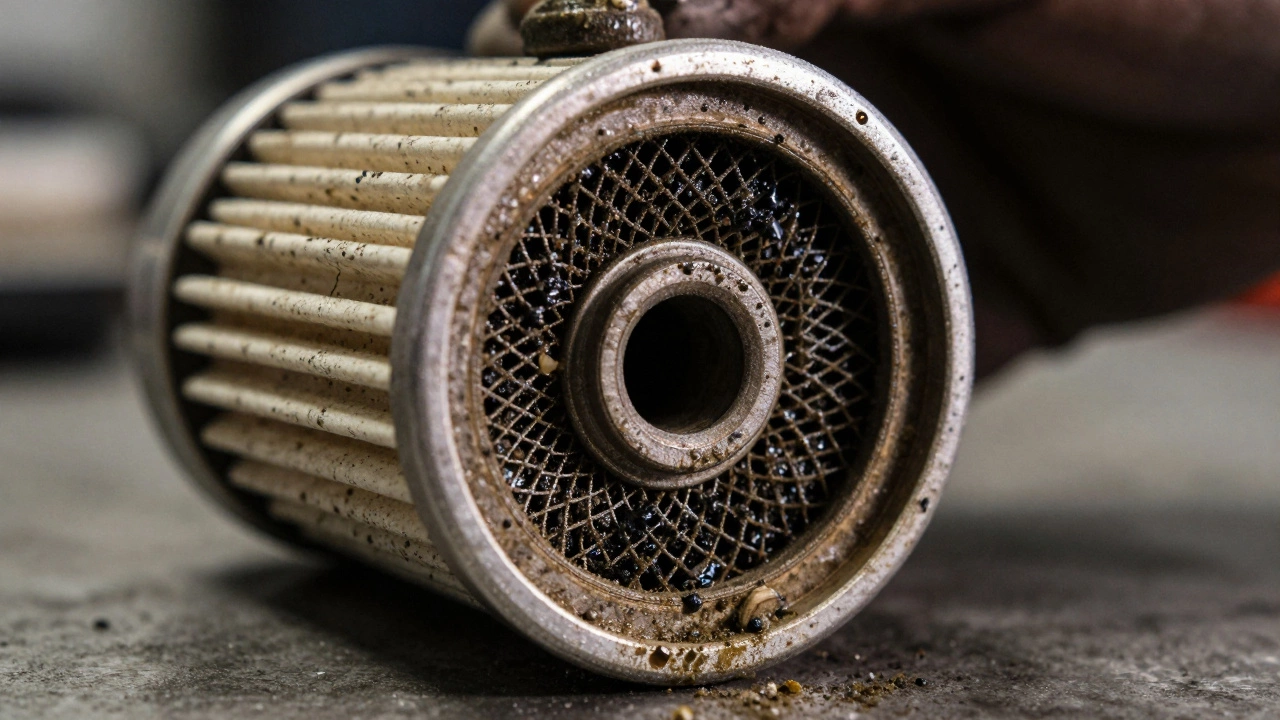 1 December 2025
1 December 2025
What Are the Symptoms of a Clogged Fuel Filter?
A clogged fuel filter can cause sputtering, hard starts, and power loss. Learn the key symptoms and how to spot them before they damage your fuel pump or injectors.
 20 July 2025
20 July 2025
What Are the Signs of a Clogged Fuel Injector? Expert Guide to Identifying Fuel Injector Issues
Discover the telltale signs of a clogged fuel injector, learn how it impacts your engine's performance, and get helpful tips to identify and fix fuel system issues.
 28 March 2025
28 March 2025
Why Do Fuel Pumps Fail? Causes You Need to Know
Ever wondered why a fuel pump might suddenly quit on you? This article dives into the nitty-gritty details of what causes fuel pumps to go bad. From contaminated fuel and electrical issues to overheating, we explore various culprits and suggest tips to extend your pump's lifespan. Knowing these can save you from sudden car troubles and costly repairs.
Latest Posts
-
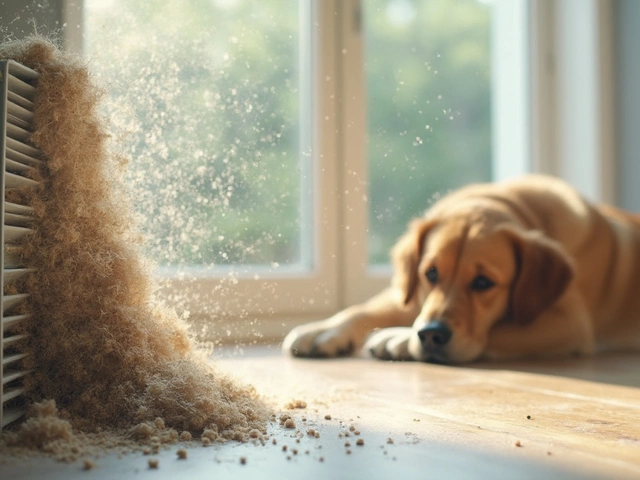
Will My AC Work Better If I Change the Filter? The Real Impact of Air Filters
-

Will Muffler Delete Hurt Engine? Real Facts You Need to Know
-
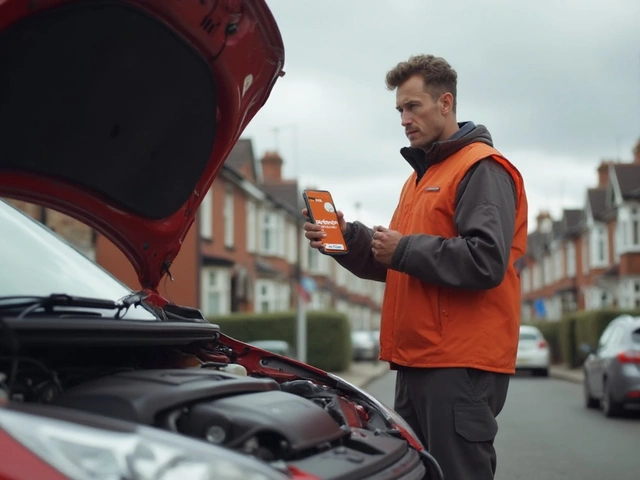
Can AutoZone Test a Fuel Pump? Realities, Limits, and What to Expect
-
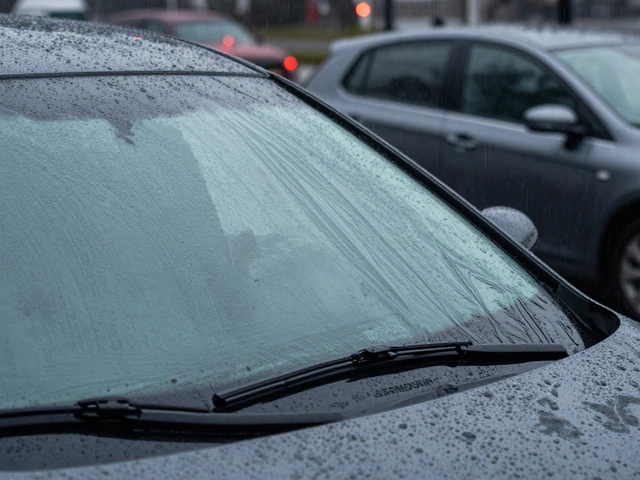
What Is a Good Price for Windshield Wipers? Real Costs for 2025
-
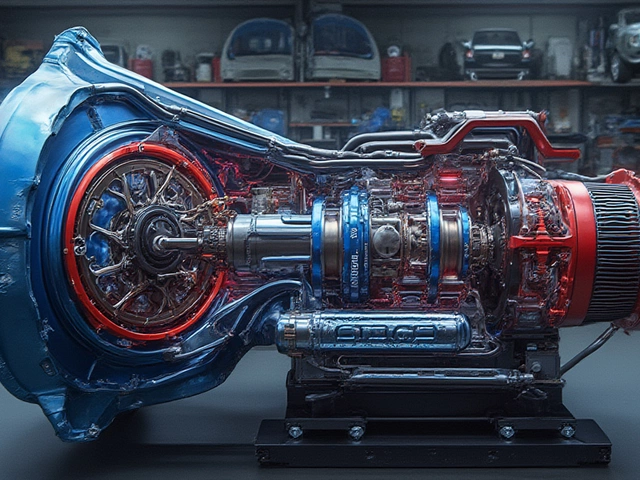
Stage 2 Clutch Kit Explained: Benefits, Performance, and Why Drivers Upgrade

0